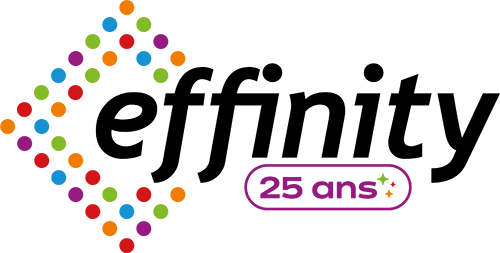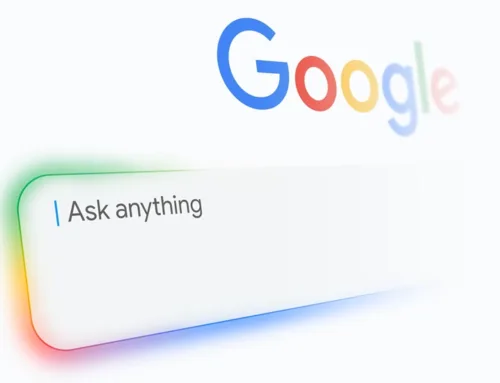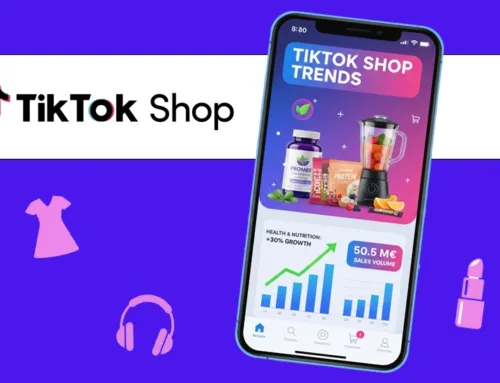The affiliation market is constantly expanding, and undergoing regular transformations. Over the years, it has seen the emergence of numerous publishers offering a wide range of advertising mechanisms. In order to find their way through these very different proposals, all of which serve to place a paving stone on the – sometimes long – road to conversion, industry professionals have had to group together to quickly understand who’s doing what: this is known as publisher categorization.
At the outset, the categorization was quite straightforward, as the different activities offered through affiliation were clearly defined. Years later, the network of partners and practices has expanded, opening up the market to new standards.
In order to maintain a vision in favor of the end customer, Effinity recommends managing its affiliation program in a way that takes into account the specificities of each partner. For example, we believe that an Internet user who is building up a savings account for a family member does not have the same objective as someone who will use a standard cashback site to optimize future purchases. Yet the business model is much the same for the advertiser. In the same way that a branding device differs from retargeting, since the former is at the very beginning of the chain, while the latter seeks to convert, although both can exploit the same spaces and be remunerated in the same way.
Affiliate categories
So at Effinity, we’ve decided to reclassify the players we work with, with the aim of steering the business more precisely and meeting the needs of both our customers and their customers. All the more so as having a diversified network of partners, on which you have a clear vision, enables you, in particular, toincrease your share of voice in Google search results.
Some notable examples of player differentiation:
Advertising network and programmatic / Network
This rather catch-all term refers to players who buy their media space on different sites via automation processes (dsp, api to transform a word into a tracked link, native or display space, pop-under, etc.). Via a real-time bidding system, this is a good way to reach advertising space on reference media sites. Some players offer targeting (pure prospecting) or retargeting.
Sub-network
These networks provide publishers with technological tools for automatically monetizing outbound links. This makes it possible to reach sites that don’t know about or don’t want to work via an affiliation platform.
Buying guides and price comparators
Buying guides combine editorial content with price comparisons between different merchants, while price comparison sites offer the most exhaustive possible list of merchants and their prices for a given product. By virtue of their content and editorial line, they play an inspirational role in the choice of product(s).
Influencers and thematic portals
There’s a tendency to confuse the two typologies when we talk about editorial content, and for a long time the appellation for these different players was confined to “content site”. An influencer (or blogger) speaks in his or her own name to a community that follows him or her specifically for this purpose. These communities are considered to be the most loyal and engaged, reacting strongly to posts on social networks. There are even advertising agencies that specialize in influencer marketing, such as BrandYouLike. Some influencers don’t have a blog to speak of, and only broadcast on social networks. A portal is like a webzine, with a defined editorial line, a more “journalistic” tone, paced content production and traffic acquisition investments. The target may be the same, but the way to reach it differs.
Coupons and deals
Both are important promotional relays, but deal specialist sites don’t require the creation of a code, and can relay direct on-site discounts, private sales and destocking, often via a crossed-out price logic.
Cashback and reward
The former are used to build up a kitty that the site member can use for future purchases. Reward players can be used to send gifts, build up a family savings account or make a donation to a charity. Cashback is more promotional, while reward does not offer direct financial benefits.
Emailing
An emailer exploits a base of email addresses of Internet users voluntarily registered via various sites, content, promotions etc. The emailer can make shoots with the aim of generating traffic, sales or leads.
Wishlist and kitty
Wishlist players centralize a list of products for a specific event (mainly a wedding or birth list), which web users can then purchase for their loved ones on an advertiser’s website. A pot of money is paid out to the member concerned, who can make purchases wherever he or she chooses, on the web or in-store.
Social Ads
Social networks, and Facebook in particular, are an excellent way of achieving fine-tuned targeting on a medium with a very large audience. Thanks to the possibilities offered by this medium, and performance-based systems, it’s possible to manage this activity with a ROI vision, while generally paying by CPC.
Keyword
If certain search engines are not worked on in-house, as is sometimes the case with Bing or Yahoo, it is possible to use affiliation! Our partners make their purchases on a CPC basis and invoice the customer on a CPA basis, so there’s no risk of profitability for the advertiser.
As an advertiser, you may find it difficult to get to grips with all this jargon and concepts, some of which are specific to acquisition campaigns. But don’t worry, the Effinity teams will be delighted to help you get to grips with these issues, and to provide you with the most appropriate recommendations for well-targeted operations that meet your various objectives!
Mis à jour le 19 April 2025
Mis à jour le 19 April 2025




